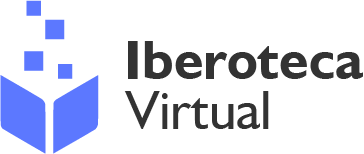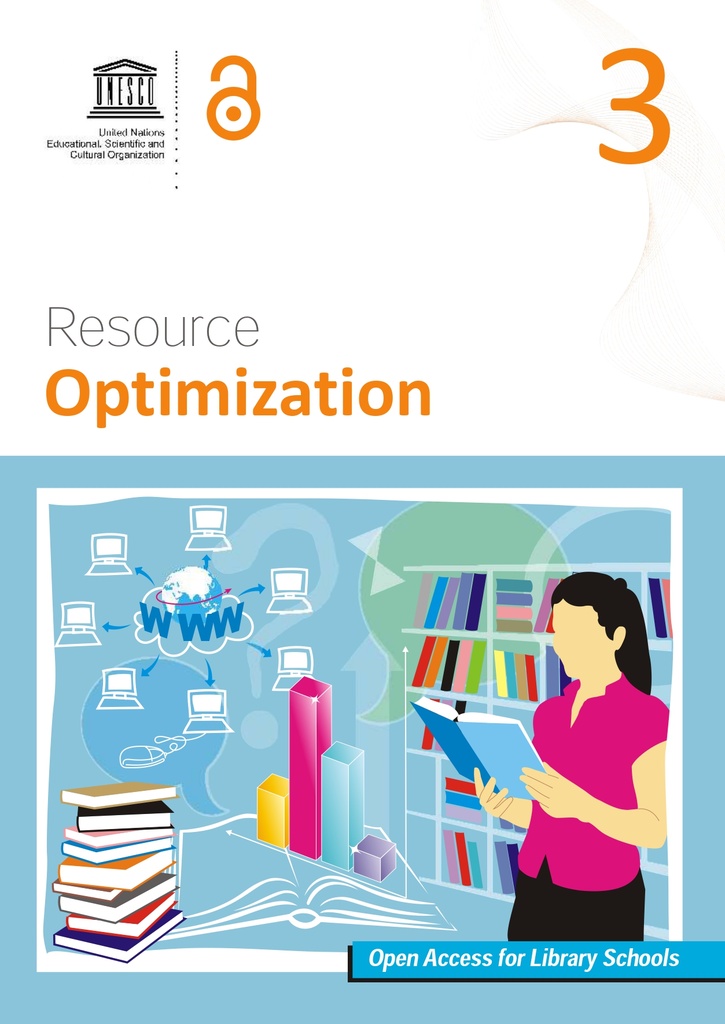Resource Optimization
Editorial: UNESCO
Licencia: Creative Commons (by-sa)
Autor(es): Choudhury Barnali Roy
The concept of open access got momentum since 2000 due to growth in number of scholarly communication, particularly journals, increase in the cost of journals , shrinking budget of libraries and other problems on one hand and the need to access scholarly communications particularly the research out put of public funded research on the other. The access to scholarly communications particularly the journals has been of much concern for a long time.
The open access concept which is a philosophy to achieve the goal of accessing and making available the digital material free of charge which may or may not be free from copyright and licensing restrictions arose out of this necessity. You have been introduced with the concept of open access and open access infrastructure in the previous modules wherein the concepts of scholarly communications, open access and its various forms, issues related with rights management, impact of open access in scholarly communications and technical and management issues have been discussed in the different units of Modules 1 and 2.
This module focuses on resource optimization in general that aims to discuss how the open access environment can be promoted and how the collection development may be facilitated by integrating open access resources with institutional and library resources. At the end of this module, the learner is expected to be able to foster an enabling environment for Open Access, and facilitate collection development by integrating library services.
Compartir:
Una vez que el usuario haya visto al menos un documento, este fragmento será visible.


